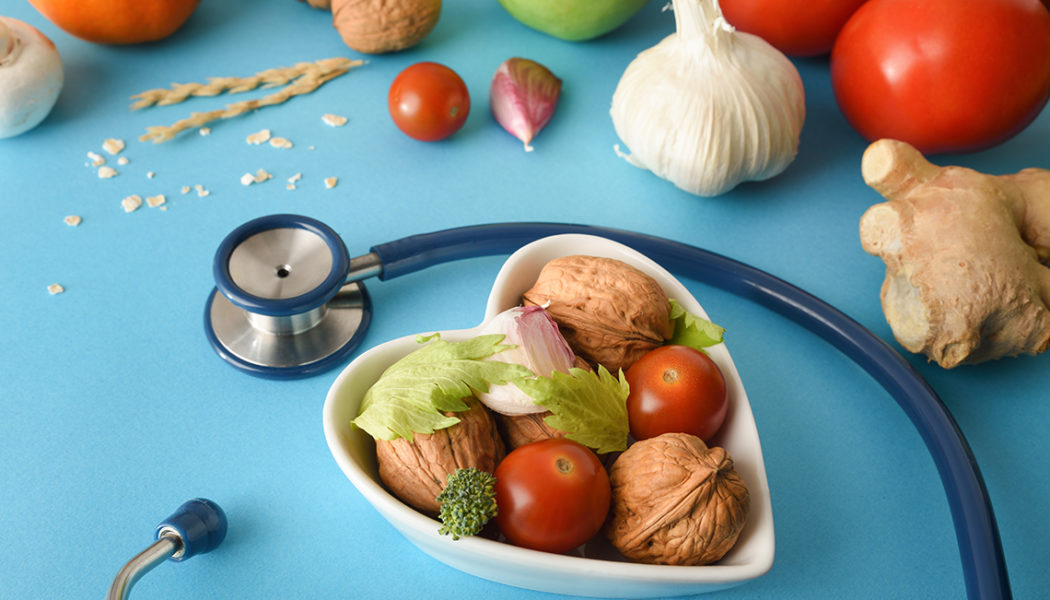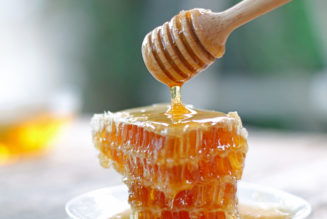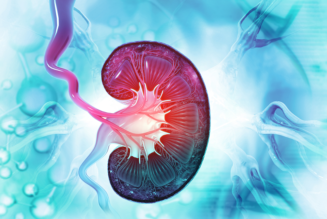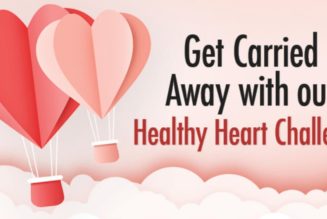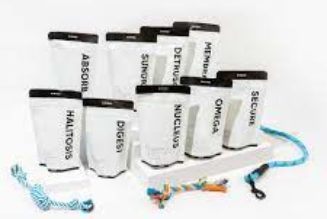
As we age, keeping an eye on our cholesterol becomes increasingly important in order to reduce the risk of a heart attack or stroke. But not all cholesterol is harmful — the body actually needs it to build cells and produce essential vitamins. But there’s a catch: Your body makes all the cholesterol it needs. So, if your diet is high in saturated and trans fats — think butter and bacon — your cholesterol can creep up, putting your heart health at risk. However, just as there are foods that can raise your cholesterol, there are foods that can lower it. Read on to learn more about the different types of cholesterol and determine the best foods to eat to lower cholesterol, as well as those you should avoid.
What is cholesterol?
Cholesterol is a waxy substance that is essential for bodily functions. Your liver makes it, and it can also enter the body when you eat foods such as meat, fish, eggs and milk. Scientists recognize two types: low-density lipoprotein (LDL) or “bad” cholesterol, and high-density lipoprotein (HDL), known as “good” cholesterol. Elevated LDL cholesterol levels can accumulate in our blood vessels, leading to the formation of plaque and increasing the risk of a heart attack or stroke. In contrast, higher levels of HDL cholesterol can lower the risk of heart disease and stroke by absorbing cholesterol in the blood and transporting it back to the liver, where it is processed out of the body.
